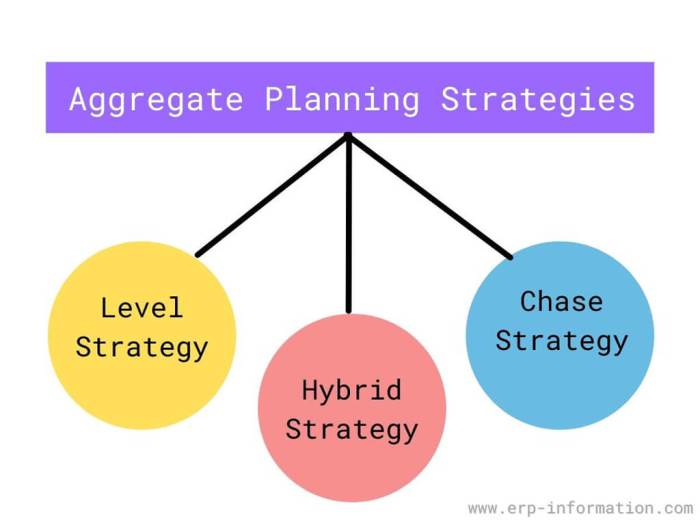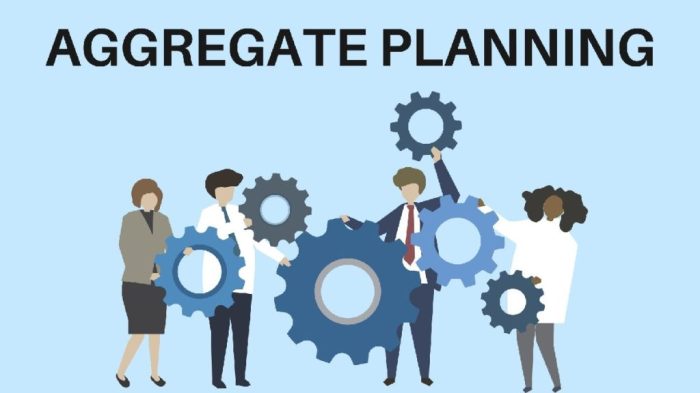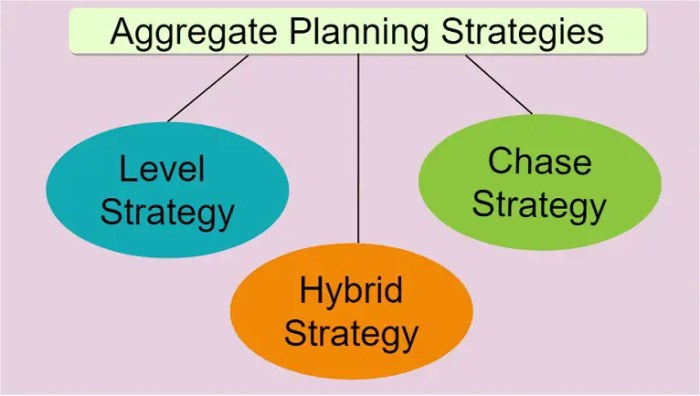Proactive and reactive aggregate planning strategies are best associated with distinct business environments and objectives. This article delves into the nuances of each approach, exploring their benefits, challenges, and applications.
Proactive aggregate planning anticipates future demand and adjusts production and inventory levels accordingly. In contrast, reactive aggregate planning responds to actual demand as it occurs.
Proactive and Reactive Aggregate Planning Strategies: Proactive And Reactive Aggregate Planning Strategies Are Best Associated With

Aggregate planning strategies are broad plans that Artikel how a company will meet its demand over a medium-term horizon (typically 3 to 18 months). There are two main types of aggregate planning strategies: proactive and reactive.
Proactive aggregate planning strategies are based on forecasts of future demand. Companies using a proactive approach will typically develop a production plan that is designed to meet the forecasted demand. This approach can help companies to avoid stockouts and to minimize the cost of production.
Reactive aggregate planning strategies are based on actual demand. Companies using a reactive approach will typically only produce enough product to meet current demand. This approach can be more flexible than a proactive approach, but it can also lead to stockouts and higher production costs.
FAQ Compilation
What are the key benefits of proactive aggregate planning?
Proactive aggregate planning offers improved customer service, reduced costs, and increased flexibility by anticipating future demand and aligning production and inventory levels.
What are the challenges of using a reactive aggregate planning approach?
Reactive aggregate planning can lead to potential stockouts, increased costs, and poor customer service due to its reliance on responding to actual demand rather than anticipating it.

